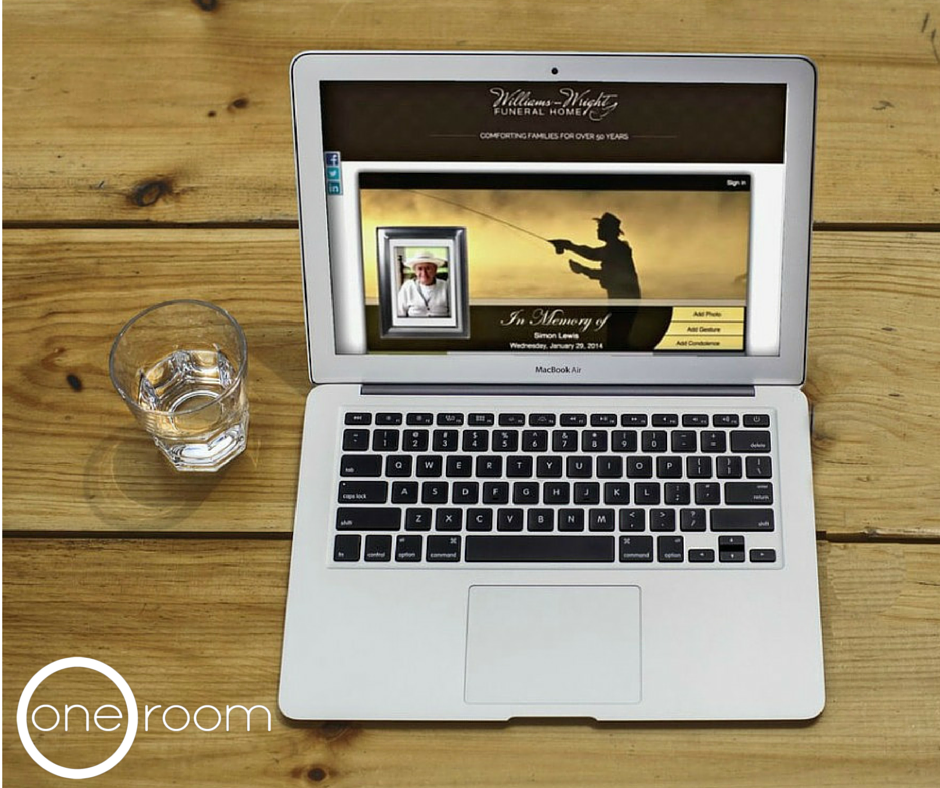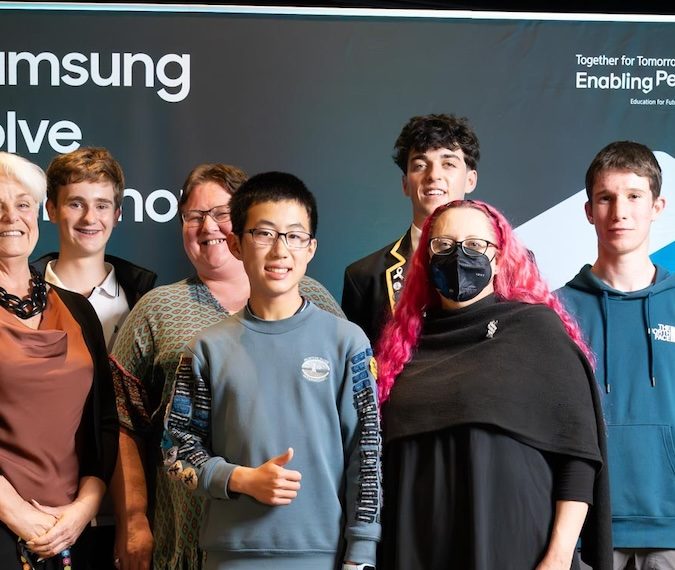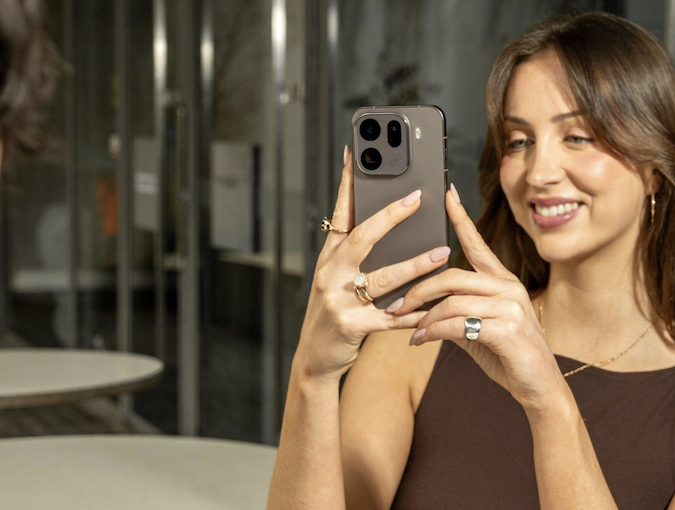I see dead people: One Room’s live streamed funeral service offers remote mourning, finds a receptive audience in the huge US market

Many of us are accustomed to watching live streams of sports, weather or banal moments of modern life. Slightly surprisingly, some have even taken to watching live streams of long journeys, slow-moving drips or baking pies. And now, thanks to a Kiwi company called One Room, friends and family can also live stream funerals—and other important events—if they’re unable to be there in person.
While there’s no substitute for being at a funeral, founder and director Gary Richards says not everyone has the time, resources or will to make it, so One Room, a fully automated camera system, offers the next best option. Funeral homes can have up to four cameras installed (although most have two), the directors set the time and date of the service, the system then sends an email with an event code and log-in details to friends and family and the cameras kick into gear at the scheduled time. Invitees can then watch the event on any device as it happens, or up to 90 days later.

Users can switch between different camera angles because while he says viewers always want to hear a few of the stories about their pirate great grandfather, he says they also want to check out their long lost cousins in the second row. One of the cameras can also show other content like a video memorial that is being screened at the service.
 Gary Richards
Gary Richards
While streaming, Richards says One Room provides the video at the appropriate level of quality depending on the bandwidth that’s available at the time, so he says it works for people in areas without high speed internet. The whole experience is also recorded and those who want to keep a more permanent reminder past the 90 day window can pay $39 and either keep it in the cloud or download it.
Timing is everything in business and a few things seem to be working in Richards’ favour with this idea. We have a transient population spread around the globe, we have an ageing population in the developed world leading to the inevitability of more funerals, the popularity of services like Skype and Netflix have meant a wide range of people are now accustomed to streaming video over the internet, and the infrastructure is now in place to make it work fairly well.
Richards says there wasn’t a specific moment when he realised he should get into the funeral business. Instead, he says it sprang from the loins of a product called Pow Wow, which was aimed at the AGM market. Pow Wow was built on Flash, he says, but after Steve Jobs and Adobe had their famous falling out and he decided not to use Flash on Apple’s mobile devices, he decided to start again and tailor something to the funeral market.
Richards says the technology has been in the New Zealand market for around three years and it was something of a beta test for the big prize of the US, where there are around 20,000 funeral homes and 2.4 million funerals every year.
Currently he says One Room is in around 50 locations across New Zealand, which is about one third of the market, and he says it does 20 percent of all funerals and 90 percent of the live streaming. Funeral homes pay a monthly fee on a per camera basis, with some of them offering it for free as a marketing tactic and others charging for the service.
He says ten people on average are watching live and later and one in four people in New Zealand pay to download the file, while in the US it’s one in eight.
He didn’t want to discuss specifics about revenue or the number of sites it has in the US due to commercial sensitivity, but he says the success in New Zealand has validated the concept and it increased its installs by 274 percent in North America last year (it contracts out the installers and they manage the cameras).
The company currently has around ten staff and he aims to have 4 to 8 sales people in the US this year (all working from home in Kingston, Canada). He also has a small head office in Las Vegas and he says NZTE and Callaghan Innovation are offering their support to remove barriers to that market.
“This year our target is 300-330 percent growth and we are tracking on target,” he says. And as it uses Amazon Web Services, he says the business is able to scale quickly.
He says One Room has around five or six main competitors in the US market. But its key point of difference is that the product is specific to webcasting, rather than a software add-on that’s run on a computer.
While he sees plenty of potential to take the business into other areas, he’s also wary of going out “too wide, too quickly”. And because it’s not a free service and is instead signing up clients, it’s aiming for organic growth.
Even so, he sees things like church services, baptisms and weddings as logical extensions and he says the system has been installed in a church in Auckland. As it can also connect to services like PushPay, this will no doubt please Brian Tamaki and his tithe-loving ilk.
Richards, who owns 48 percent of the company, says it also installed a beta site in the Rendezvous Hotel in Auckland aimed at the conference and event market (it can also add the obligatory branding to the feed), but it has held back on that to focus on funerals.
No word on how Richards plans to figure out a solution to missing out on those delicious funeral savouries though. Some things just can’t be replicated online.
Idealog’s top 5 alternative burial options
At Idealog, maybe it’s the hipster in us, but we wouldn’t be caught dead in a regular coffin (too mainstream), so, in this story from last year, we found the five best traditional-burial alternatives and ranked them according to their awesomeness. So just what are the real options for the newly-living impaired?
5. Natural Burial
Cost: NZ$2600 (In Wellington)
If you’re too in touch with Mother Earth for a traditional funeral, here’s your au natural alternative: an eco-burial. Take one certified pine or wicker box, natural clothing of your choice and a shady spot among the trees, lie back and enjoy.
Only slightly more expensive than a traditional Kiwi interment, this one avoids both the unfashionable carbon-footprint associated with cremation and the needless extravagance of burying a perfectly good suit.
Caveats include, no headstone, no trinkets buried with you and disinterment is … discouraged.
Pros: Good for the environment; relatively cheap; beautifully landscaped Makara Cemetery for your big dirt nap
Cons: Not recommended for clean freaks; close-to-surface burial may prove tempting for industrious dogs
Get yours here.

4. Fireworks
Cost: £300 – £2000
Make a display of yourself by having your ashes incorporated into the insides of a rocket. This UK-based company can create a huge fireworks display that incorporates your own cremated remains into the big event, or they can provide you with an at-home kit for a more ‘intimate’ service. Pets are also invited to go out with a bang.
Pros: The neighbours can participate in the service but not in the open bar; redneck approved
Cons: It always seems like it’s over too soon; debris falling into the upturned mouths of awestruck mourners
Get yours here.
3. Cryogenics Institute
Cost: US$35,000
This company just outside of Detroit Michigan will freeze you (and the family pet if needed) for one low, low, payment of US$35,000.
“Our mission,” they say, “is to extend human lifespans by preserving the body using existing technologies – with the goal of revival by future science. But will it work?”
They don’t sound that sure of themselves, but one thing’s certain: Cryo-freezing surely requires a Kardashian-style level of narcissism, so the big downer is the fact you’ll still have to share your icy embrace with the 133 other self-regarding immortals on-site.
Pros: Pet-friendly; immortality
Cons: You’ve got to die of natural causes first (no suicides, please); you’ll stay in Detroit
Get yours here.

2. Space Burial
Cost: US$1295 – US$12,500
Send a ‘symbolic portion’ of yourself into space for a real final send off.
The Houston, Texas-based aerospace company, Celestis, have 30 years’ experience in private sector space missions and have taken hundreds of clog poppers on their final ride.
Options include, orbit (pfft!), the lunar surface (right on!) or deep space (woah). Return flights also available (I’m not making this up).
In addition to interstellar travel, they also offer a ‘touching’ web memorial, a satellite tracking app and a free DVD of the event.
Pros: Geek cred; Veterans’ discount
Cons: Expensive; enormous carbon footprint
Get yours here.
1. Mummification
Cost: By donation
Witnessing the drying effect of burying their dead in the hot, dry sands of the desert, the ancient Egyptians wanted to recreate that preservative effect, without all the unwanted nibbling that happens when you leave a body lying around outside. Nek minute, they’d invented mummification.
And while it’s not the most common practice these days, if you Google hard enough, you’ll come across a religion known as Summum, founded by Claude ‘Corky’ Nowell in 1975, that still practices the unusual craft.
Summum is a nature-based religion that says we’re all one or something or other, but the point for non-believers here is that the service is open to anyone, not just members of the church, and is also available for pets.
And they don’t do things by halves: The process is “elaborate, detailed, thorough, and lengthy” and comes with a real Summum mausoleum or burial vault.
They don’t do media interviews, so discretion is assured.
Pros: Non-denominational; pet friendly; excellent conversation starter
Cons: None
Get yours here.

Image: Corky Ra & “Oscar”

Infographic: Rachael Liddell


 Gary Richards
Gary Richards

